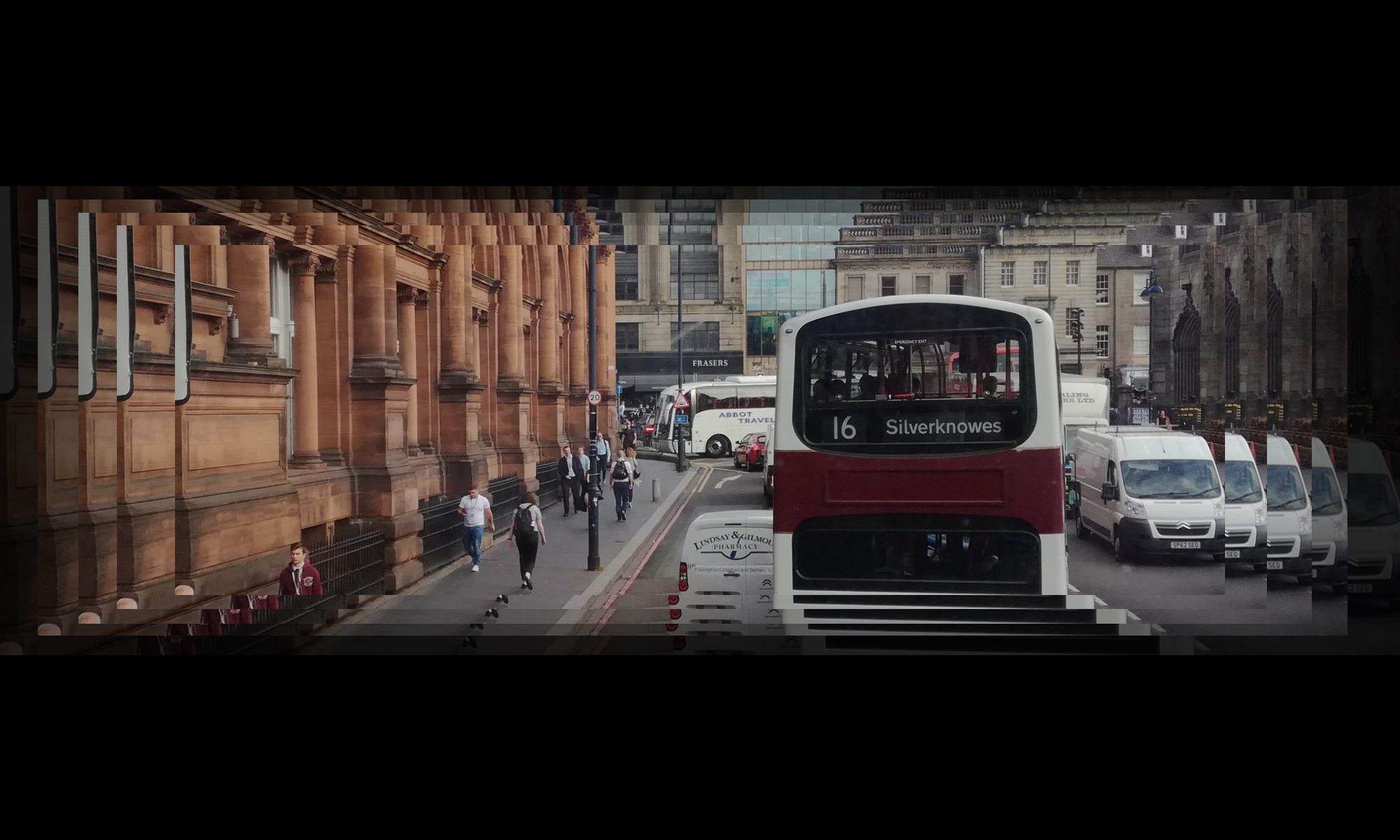On 24 April, Edinburgh Live, followed by other media outlets, reported that the owners of the Edinburgh bus station site are seeking to redevelop it, without a bus station.
The City of Edinburgh Council’s bus station lease expires in 2027, so there are three years to resolve the problem, or Edinburgh will be left without a bus station.
The response of residents seems to be almost universal dismay. Many weren’t aware that the site is leased, not owned, by the Council. At the foot of this article is an appendix setting out its history.
The most recent figures we have date from 2013, when around 4 million passengers used it each year, on typically 800 services Monday-Friday each week; this figure may be near 5 million passengers now (tbc). That’s more than Haymarket station.
Primary responsibility for resolving the situation lies with the City of Edinburgh Council, although it will need help from partners. Recent Council documents indicated the underlying issue with the bus station. For example, in 2023 the draft Public Transport Action Plan proposed:
‘PR1 Identify additional city centre terminating capacity (East and West Ends) to support growth in regional bus services…A review of Edinburgh’s bus station location will be undertaken to determine whether is possible to retain the existing site or if there are alternative solution(s) in the city centre to maximise capacity and convenience of use.’
This was adopted in the finalised Plan. When EBUG did a deputation on the Plan at Transport and Environment Committee in February 2024, we noted ‘We would welcome greater clarity on what working with bus operators to identify services which can terminate east or west of the City Centre means’.
We estimate that the current site has a footprint of about 2000sq m, which includes passenger, staff, and operational facilities. That appears adequate for around 4 million passengers per year, and 1000 bus arrivals and departures per week. It appears there is little room to increase passenger numbers or services.
As 2027 approaches, the issue becomes more urgent. It would be ironic, to say the least, if Edinburgh ends up with some 3,800 car parking spaces just off Princes Street and no bus station*.
Firstly, any plan needs to explore fully all the levers available to protect the existing site, because there are no obvious alternatives; or rather, no alternatives that can be delivered within 3 years, or affordably. This might mean seeking to regotiate the lease, considering compulsory purchase or planning powers.
Secondly, quickly discount any of the more fanciful ideas that may well emerge. There needs to be clarity about basic requirements. The existing bus station forms a template for the future; what’s good about it?
A list might include, but not be limited to:
Above all, it’s central; where the majority of visitors want to go. It’s convenient for connecting with trains, tram and buses. It takes passengers right into the centre, where the Council particularly wants to reduce general traffic.
Furthermore, from an operational point of view, access for buses and coaches themselves is relatively easy from all points of the compass, at least for a city centre site.
Greater detail, and specifically what is needed on-site, follows only after these strategic criteria are established.
Appendix; a short history
Scottish Motor Traction opened St Andrew Square bus station in 1957. In the 1960s an office block was built above the station. SMT later adopted the local name Eastern Scottish.
Some time after bus deregulation in 1986, the bus station passed to Lothian Regional Council, then to the City of Edinburgh Council at local government reorganisation. By the late 1990s, it clearly needed substantial rebuilding to meet modern requirements.
The station closed in 2000 for development of a modern replacement bus station, Multrees Walk and Harvey Nichols. It was completed in 2003, built and owned by Coal Pension Properties and leased by The City of Edinburgh Council.
Buses connect Glasgow, Perth, Dundee, Aberdeen, Fife, Scottish Borders, Dumfries & Galloway and Berwick-upon-Tweed. Megabus and National Express connect to farther destinations, mainly in England and Wales.
* off-street car parking at Omni, St James, Castle Terrace, New Street.
